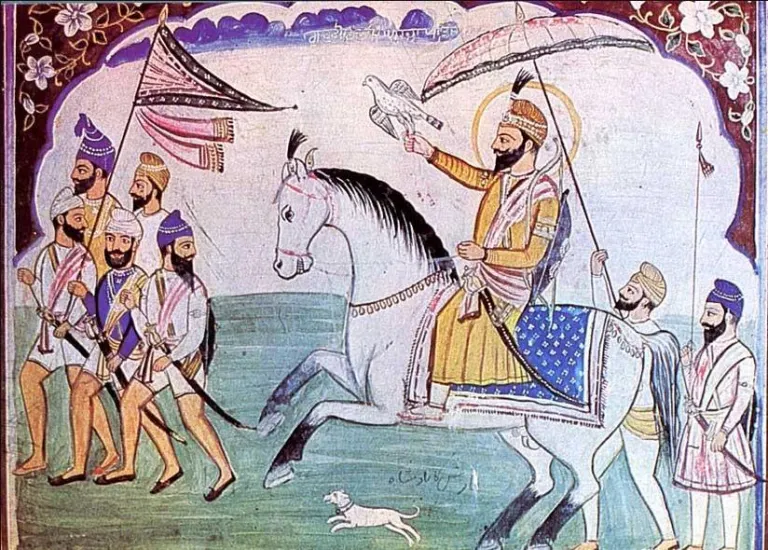
By Gurinder Singh Mann
THE SIKHS, although a relatively small community in India, have played a major role in some of the subcontinent’s great battles. The mystical Khalsa or “Fraternity of the Pure” are an elite Sikh military order embodying the ideal of the saint-soldier, similar to the Knight Templars of the Christian world. In fact, the resilience and fortitude exhibited by the Khalsa in major battles has been documented by many. So who were these Sikh warriors and what were their incredible achievements?
They were holy warriors
The Order of the Khalsa was initiated by Guru Gobind Singh (1666-1708), last in the line of the preceptors or Ten Gurus who founded the Sikh faith. The Guru transformed the faith to incorporate a military strain formalising the Sikhs into the Khalsa or ‘fraternity of the pure’ through the Khande ki Pahul, or initiation of the double-edged sword. Tradition asserts the religious symbols of the ‘5Ks’ were worn to distinguish them from any other religious group. This included the keeping of the Kesh (uncut hair), Kara (a steel bracelet), Kanga (a wooden comb), Kaccha (underwear) and Kirpan (steel sword).
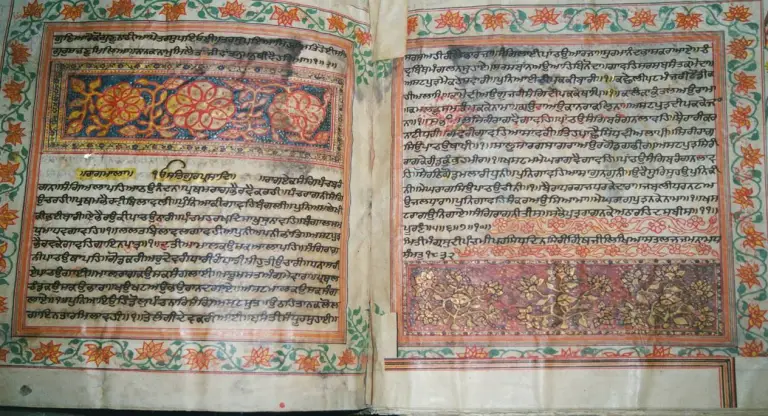
They carried their scriptures into battle
The order was given that after Guru Gobind Singh, the Sikhs would worship the scripture the Guru Granth Sahib which espoused the saintly qualities of being in tune with God. The Guru also gave the Sikhs the martial scripture known as the Dasam Granth, which embodies the worldly aspect. These scriptures would be carried into battle and verses read out before commencement of campaigns.
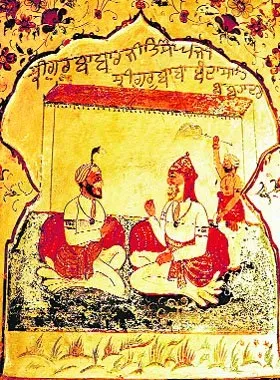
They were surrounded by enemies
During the formation of the Sikh faith, Khalsa Army was targeted for destruction by other vacations like the Mughals and Afghans and as a result had to fight for their survival. The odds were always stacked against them due to their small numbers. But their codes of conduct and faith in the scriptures underpinned their resourcefulness. Their commitment to their faith was noted by the East India Company when they witnessed the execution of Banda Singh Bahadur (1670 – 1716), the military leader of the Khalsa in 1716. The embassy of John Surman noted: “He will be executed, for the rest there are 100 each day beheaded. It is not a little remarkable with what patience they undergo their fate, and to the last it has not been found that one apostatised from his new formed religion.”
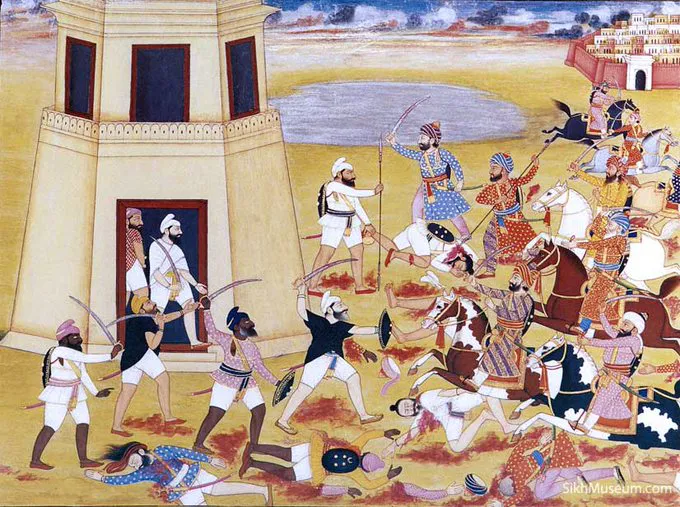
They repulsed a number of invasions
India suffered several invasions in the 18th century. There was the conquest of Nader Shah (1688-1747) of Iran and Ahmad Shah Abdali (c. 1722 – 1772) who founded the Durrani dynasty. During this period, the Sikhs formalized themselves into a confederacy made up of misls or states. There were 11 main misls; their leader in the early phases were Nawab Kapur Singh (1697–1753) followed by Jassa Singh Ahluwalia (1718 – 83). The misls covered a large tract of land from regions within modern Pakistan to the vicinities of Delhi gathering tribute and octroi duties. As the Sikhs successfully fought off the Afghans, Major General Robert Clive (1725–74), the British Governor of the Bengal Presidency realised that the Sikhs were the only force that could stand up to the invaders. “[I am] extremely glad to know that the Shah’s progress has been impeded by the Sikhs,” wrote Clive. “As long as he does not defeat the Sikhs or come to terms with them, he cannot penetrate into India. And neither of these events seems probable since the Sikhs have adopted such effective tactics”

The Sikhs employed a curious battlefield strategy
The Khalsa resorted to battle tactics known as Dhai Phat or two-and-half-strikes. The idea involved attacking the enemy, then withdrawing quickly only to attack once more. The method was intended to confuse opposing armies. Deception and trickery was necessary because the Sikh armies often fought outnumbered. The feints convinced opponents that they had routed the Sikhs, who would break ranks to pursue. The Khalsa would then counter attack ferociously. It was these guerrilla tactics which won many campaigns for the Sikhs including several against Ahmed Shah Abdali.
The Sikhs eventually captured Delhi
The power of the Khalsa Army was undeniable when in 1783 contingents from several misls totalling an estimated 40,000 converged on the Mughal capital of Delhi, where Emperor Shah Alum II (1728 – 1806) was ruling. The campaign led to the Sikhs extracting tributes from the Mughal ruler along with the recognition of Sikh sovereignty in the form of places of worship or gurudwaras. The main success of the campaign has been attributed to General Baghel Singh of the Karorasinghia misl whose military and political leadership was witnessed throughout. However this astounding victory is still not well known in Sikh and Indian circles.
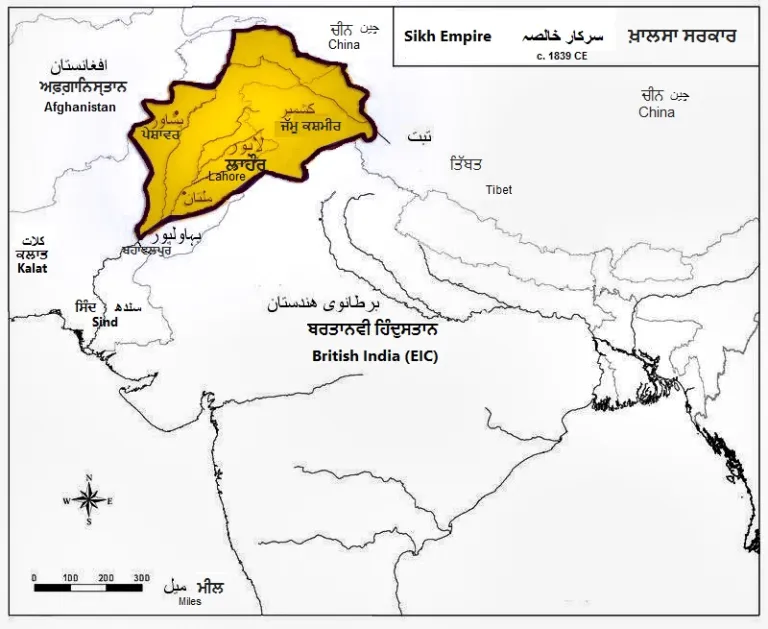
They established their own empire
Ranjit Singh (1780 – 1839) of the Sukerchakia misl managed to absorb many of the Sikh factions through conquests and strategic marriage alliances. He eventually consolidated his strength and control over Panjab (Punjab), leading to the rise of the Sikh Empire in 1801. He introduced reforms, modernisation, investment in infrastructure, increase in education and a rise in general prosperity. In due course, the Sikh Empire became the most prosperous of the Indian subcontinent.
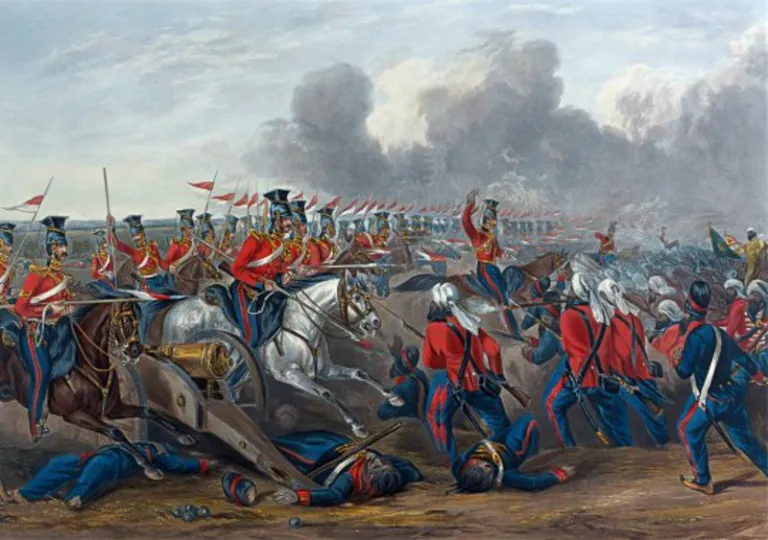
The Sikhs met their match against the British
With the death of Maharajah Ranjit Singh in 1838, the Sikh court fell into disarray and the East India Company took note of the instability. In 1845, communications between the British and Sikh officials broke off, which led to the First-Anglo Sikh war. Divided internally, the Sikhs were easy prey for the British, who bought off some factions and defeated others militarily. There was a minor peace during 1846 and 1848, however the killing of British soldiers in the Multan led to the Second Anglo-Sikh War. Defeated once more, the Sikhs were forced to surrender the Panjab to British control. Many of their English opponents still noted the intensity and military prowess of the Sikhs. “The Sikhs fought like devils, fierce and untamed,” recalled one British observer. “Such a mass of men I never set eyes on and as plucky as lions: they ran right on the bayonets and struck their assailants when they were transfixed.”
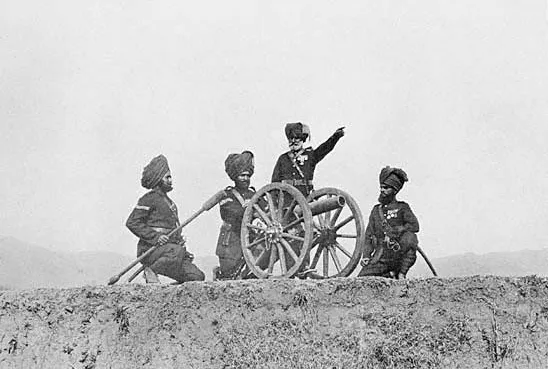
Sikhs became part of the British Indian Army
The Khalsa army was effectively disbanded with the annexation of the Panjab by the British in 1849. However, some of them were recruited for the British Indian Army in due course. Many Sikhs volunteered. particularly after the Indian Mutiny of 1857. They took part in various British campaigns including Abyssinia (1867–68), Malta (1878–80), Afghanistan (1878–80) and Burma (1885), the epic battle of Saragarhi (1897) which was part of policing the North-West Frontier Province for half a century. “The British Indian army nurtured an orthodox, separatist, and martial Singh identity among Sikh rural recruits to its regiments and companies,” according to historian Richard G. Fox. “They served as the ‘Lions of British India.”
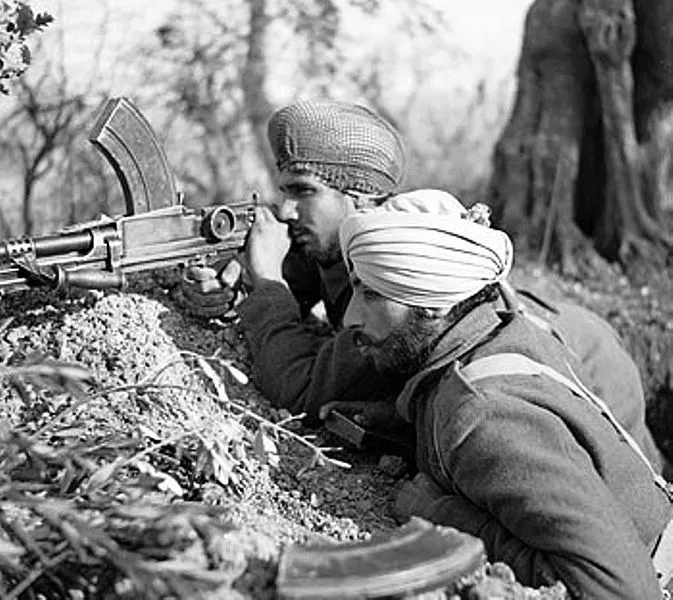
They would distinguish themselves in both World Wars
Sikhs went on to display their trademark valour in the First and Second World Wars. Despite accounting for less than one per cent of the population of India at the time, Sikhs made up nearly 20 per cent of its armed forces at the outbreak of hostilities. In the Great War, these ‘unique stalwarts from the east,’ fought at Ypres, the Somme, Gallipoli, East Africa, Palestine, Egypt and the Suez, Mesopotamia, and numerous other battlefields in nearly all theatres of the conflict. In World War Two, they fought in Burma (present-day Myanmar) against the Japanese where they played a pivotal role. Sikh units also served with the Allied forces in Malaya as well as Italy. Memorials dot these theatres highlighting Sikh sacrifices. Yet Sikh and Indian contributions to the Allied victory is still under represented in books and on film.
Gurinder Singh Mann is the author of several books including The British and the Sikhs: Discovery, Warfare and Friendship c 1700-1900. He is a historian and Director of the Sikh Museum Initiative based in Leicester, U.K. He has curated various exhibitions including the 2017- Anglo Sikh Wars: Battles, Treaties and Relics. He is presently curating an online museum entitled Anglo Sikh Virtual Museum which recreates objects in 3d. Visit www.anglosikhmuseum.com. His personal website and blog can be visited at www.sikhscholar.co.uk
